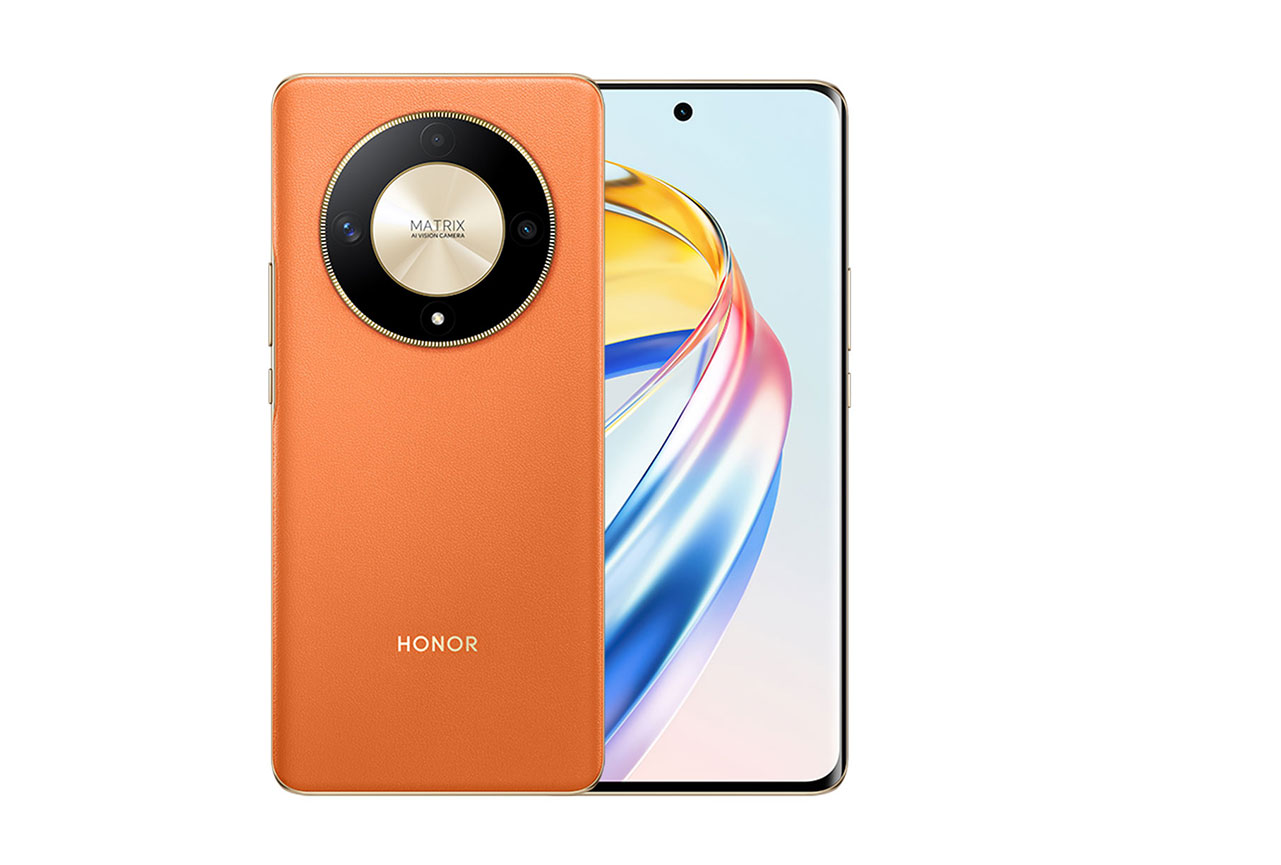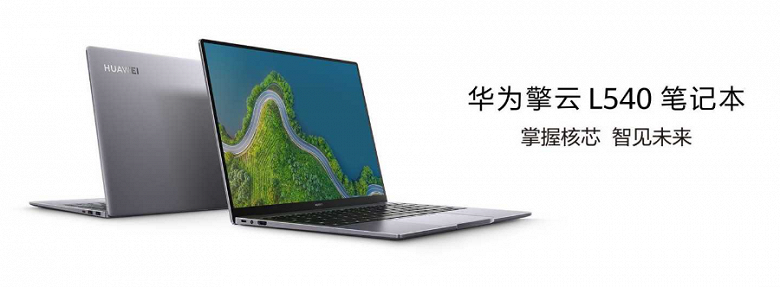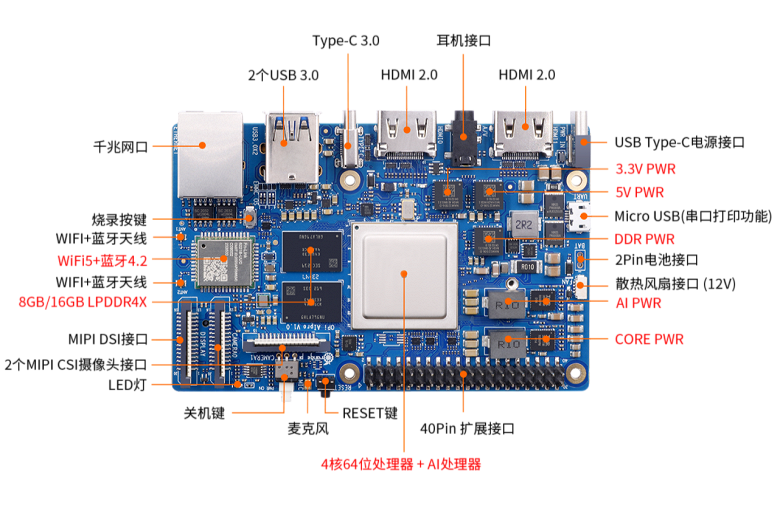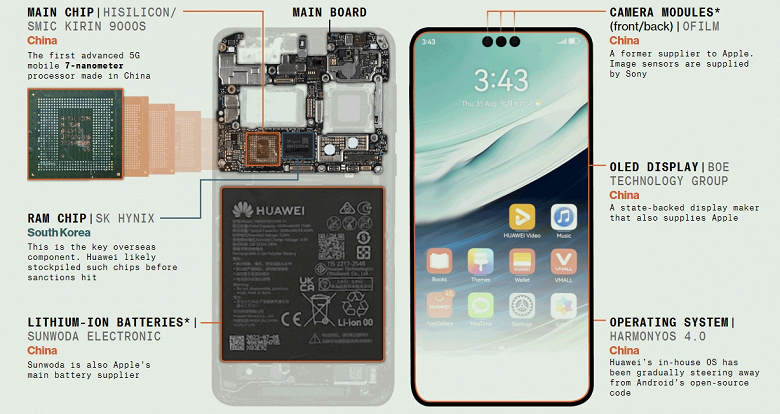Huawei introduced Harmony OS 2.0 – version for smartphones will appear in December
Today, at the Huawei Developer Conference on Songshan Lake in Dongguan, the company officially unveiled the Harmony OS 2.0 (Hongmeng OS 2.0) platform. According to Wang Chengdu, President of Huawei Consumer Software Division, the system will open up new applications for the OS. In addition to the Huawei Smart Screens already built on this platform, other devices will be migrated to it, including tablets and advanced wristwatches.








